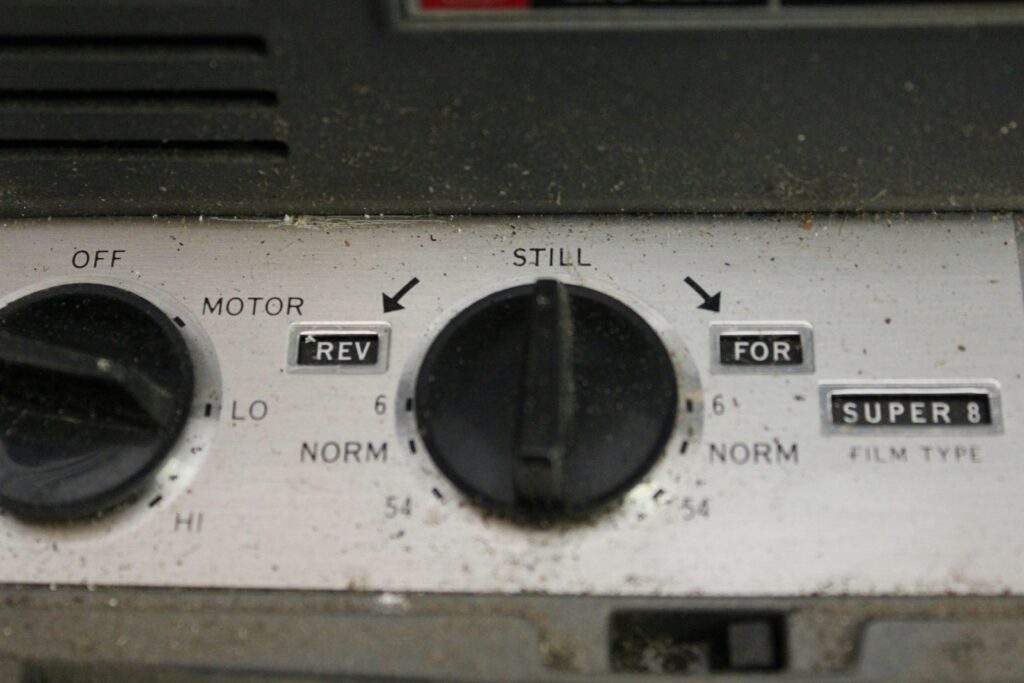Introduction
Noise hazards in the workplace are often underestimated in safety programs. While many companies prioritize preventing visible accidents—such as slips, falls, and machinery malfunctions—excessive noise remains a silent threat with potentially severe consequences. Uncontrolled workplace noise can lead to irreversible hearing damage and other health issues, but it doesn’t always get the attention it deserves.
Ignoring noise hazards doesn’t just put employees’ health at risk; it can also result in regulatory penalties, costly lawsuits, compensation claims, and damage to a company’s reputation. Companies that fail to comply with OSHA noise exposure limits or other local noise regulations face steep fines and legal action. Proactively managing noise risks is not just about protecting workers; it’s about protecting the business itself.
The Legal Side of Noise Hazards
Workplace noise is regulated to ensure that employees are not exposed to harmful sound levels that could cause long-term hearing damage. Several regulatory bodies, such as OSHA in the U.S. and the Health and Safety Executive (HSE) in the UK, have set clear guidelines to mitigate noise exposure risks.
Regulatory Standards
In the United States, the Occupational Safety and Health Administration (OSHA) sets specific permissible noise exposure limits:
Permissible Exposure Limit (PEL): 90 dBA (decibels) over an 8-hour shift.
Action Level: 85 dBA over an 8-hour shift, at which point employers must implement a hearing conservation program.
In the UK, the Control of Noise at Work Regulations 2005 requires employers to:
Conduct noise risk assessments.
Provide hearing protection (e.g., earplugs, earmuffs).
Take steps to reduce noise to the lowest reasonable level.
Similar laws and regulations exist across Europe, Canada, and Australia, with each country implementing noise exposure limits to protect workers’ hearing and health.
Employer Responsibilities under These Laws
Employers have a legal obligation to reduce noise exposure and protect workers’ hearing. These responsibilities include:
Regular noise assessments to measure exposure levels in the workplace.
Providing personal protective equipment (PPE), such as earplugs, earmuffs, or custom hearing protection.
Training employees on the risks of noise exposure and proper use of hearing protection.
Medical monitoring to assess hearing health regularly and identify early signs of hearing loss.
Consequences of Non-Compliance
Failure to meet these legal requirements can lead to significant consequences:
Regulatory Fines: Companies can face substantial fines for not adhering to noise exposure limits. Penalties for OSHA violations can range from $10,000 to $70,000 per violation, depending on the severity.
Stop-Work Orders: Regulatory bodies can halt operations until the company complies with noise safety standards, leading to disruptions in productivity and financial losses.
Increased Insurance Premiums: Companies found non-compliant with noise regulations often see an increase in workers’ compensation insurance premiums, adding to the long-term costs of non-compliance.
Financial Impact of Ignoring Noise Hazards
The financial repercussions of neglecting noise hazards can be significant, especially in industries with high noise exposure levels.
1. Workers’ Compensation Claims
Hearing loss is one of the most common occupational illnesses, with claims often ranging from $10,000 to $100,000 per worker, depending on the severity of the hearing damage and jurisdiction.
In severe cases, employees may claim permanent disability or loss of earning capacity, leading to large compensation payouts for companies.
2. Lawsuits and Settlements
Lawsuits can arise if workers prove that their hearing loss resulted from employer negligence in providing proper safety measures.
If an employee successfully files a lawsuit, settlements can run into six figures, especially if negligence can be proven. Legal fees, court costs, and settlements can significantly damage a company’s finances and reputation.
3. Productivity Losses
Noise-related miscommunication, fatigue, and discomfort can lead to increased errors, missed deadlines, and higher rework costs.
For instance, workers in noisy environments may struggle to hear instructions or coordinate effectively, resulting in mistakes and reduced productivity.
4. Reputation Damage
Non-compliance incidents often attract media attention, damaging a company’s public image and customer trust.
Customers and partners may be wary of doing business with organizations that fail to protect their workers from known hazards, leading to reduced market confidence.
Real-Life Cases
Here are some real-world examples that highlight the severe consequences of ignoring noise hazards:
1. Manufacturing Firm Fined $70,000
A factory was penalized by OSHA for failing to provide hearing protection to employees, despite noise levels exceeding 100 dBA in certain areas of the facility. The company faced a $70,000 fine for non-compliance. This fine, combined with lost productivity and employee dissatisfaction, significantly affected the company’s bottom line.
2. Construction Company Lawsuit
In a construction site accident, workers claimed permanent hearing damage caused by prolonged exposure to loud machinery and equipment without adequate PPE.
The lawsuit resulted in a $500,000 settlement to the affected workers. Legal fees and additional compensation claims also added to the company’s mounting costs.
These cases show that ignoring noise hazards isn’t just unsafe—it’s also financially reckless.
How to Avoid Legal and Financial Trouble
To avoid the legal and financial consequences associated with noise hazards, employers should take the following actions:
1. Conduct Regular Noise Assessments
Use sound level meters or hire certified professionals to measure workplace noise and ensure that it stays within acceptable limits.
Periodic assessments help identify areas of concern and track noise levels over time.
2. Implement a Hearing Conservation Program
This program should include:
Training workers on the dangers of excessive noise exposure and how to use hearing protection correctly.
Providing earplugs or earmuffs and monitoring the hearing health of employees through regular hearing tests.
3. Reduce Noise at the Source
Invest in quieter machinery and tools to minimize noise production.
Install noise barriers, acoustic panels, or soundproof enclosures around particularly loud equipment.
4. Keep Records
Document all noise assessments, training sessions, PPE distribution, and maintenance actions taken. Having detailed records is vital for legal defense and compliance audits.
5. Stay Updated on Regulations
Noise exposure laws are subject to change. Ensure your safety program evolves to stay in line with the latest OSHA or local regulations, keeping your business compliant and minimizing the risk of penalties.
Conclusion
Workplace noise hazards are more than just an inconvenience—they represent a legal and financial risk. Non-compliance with noise regulations can cost businesses thousands in fines, settlements, and lost productivity.
By assessing noise, implementing proper controls, and following OSHA or local safety standards, companies can protect both their workforce and their bottom line. In the end, preventing noise-related harm is far cheaper and smarter than paying for the consequences of non-compliance.


